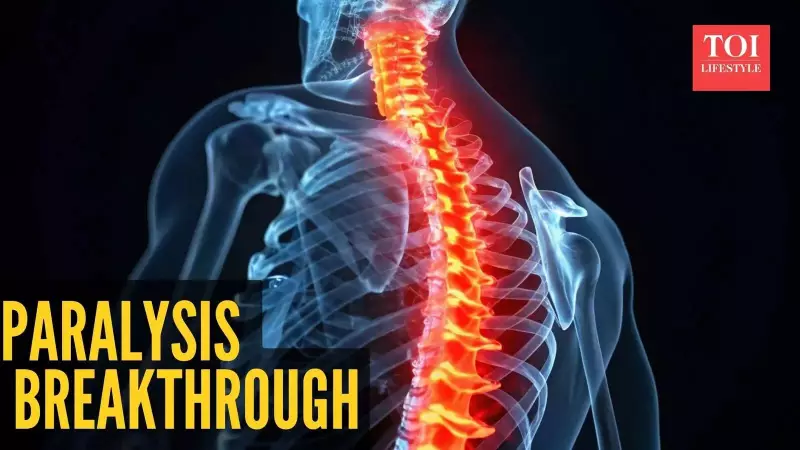
In what could be the most significant medical breakthrough in decades, scientists have discovered that an existing, commonly used drug possesses extraordinary regenerative properties that could potentially reverse paralysis. This revolutionary finding opens new doors for millions suffering from spinal cord injuries worldwide.
The Accidental Discovery That Could Change Lives
Researchers working on spinal cord regeneration stumbled upon a remarkable finding: a drug already approved for other medical conditions shows unprecedented ability to regenerate critical cells in the spinal cord. This unexpected discovery came during routine investigations into nerve regeneration.
The implications are staggering – instead of developing an entirely new medication from scratch, scientists have found that the solution might have been hiding in plain sight all along. This could significantly shorten the timeline from laboratory discovery to actual patient treatment.
How This Discovery Works
The magic lies in the drug's ability to activate specific cellular mechanisms that were previously thought to be permanently dormant after spinal cord injury. Unlike traditional approaches that focus on preventing further damage, this treatment actually promotes regeneration and repair.
- Cell Regeneration: The drug stimulates the growth of new nerve cells
- Neural Pathway Restoration: Helps rebuild damaged communication networks between brain and body
- Reduced Inflammation: Creates a favorable environment for healing
- Existing Safety Profile: Being an already approved drug, safety parameters are well-established
What This Means for Paralysis Patients
For individuals living with paralysis, this discovery represents the first real hope for functional recovery in generations. Current treatments primarily focus on rehabilitation and adaptive technologies, but this new approach targets the root cause – the damaged spinal cord itself.
"The potential here is enormous," explains one researcher involved in the study. "We're not just talking about minor improvements in quality of life – we're looking at the possibility of restoring movement and sensation in cases where such recovery was previously considered impossible."
The Road Ahead
While the initial findings are exceptionally promising, researchers emphasize that more work needs to be done. The next steps involve:
- Comprehensive clinical trials to establish optimal dosage and treatment protocols
- Long-term studies to understand full potential and any limitations
- Development of specialized delivery methods for spinal cord treatment
- Collaboration with medical institutions worldwide to accelerate implementation
The medical community is approaching this discovery with cautious optimism. The fact that researchers are working with an already-approved drug means that many of the usual regulatory hurdles might be cleared more quickly than with completely new medications.
This breakthrough represents a paradigm shift in how we approach spinal cord injuries and treatment of paralysis. As research progresses, millions of patients and their families watch with renewed hope that the impossible might soon become possible.





